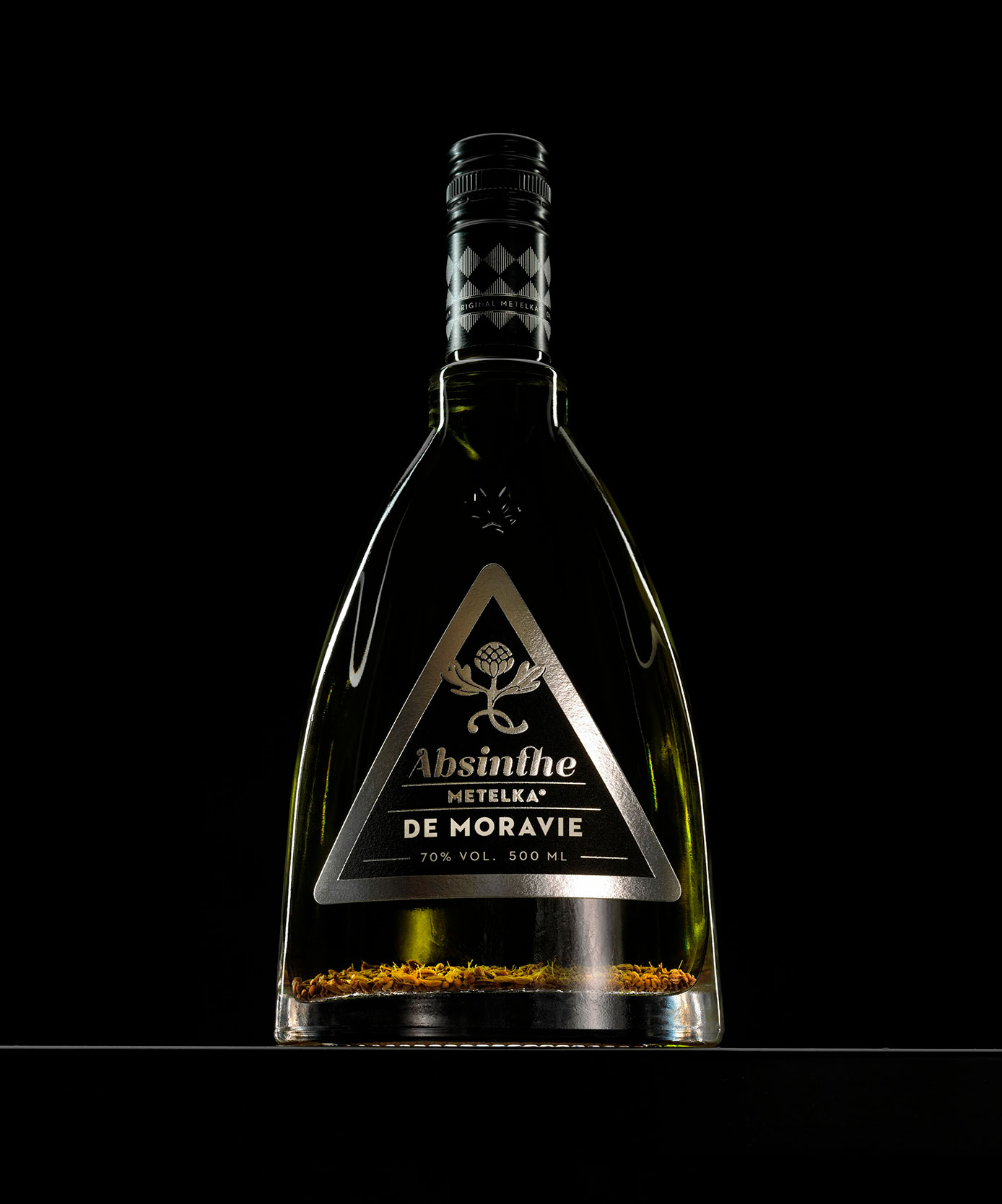Perhaps no alcoholic beverage is associated with so many rumours and superstitions as absinthe. It might be surprising that its history isn’t as long as a history of wine or beer. Absinthe used to be called many names such as green fairy, green muse, insanity in a bottle, or essence of life.
Its story begins in the late 18th century in Switzerland. At that time, a doctor Pierre Ordinaire was supposed to patent an alcoholic beverage which was distilled from ‘Holy Trinity’ of herbs – woodworm, anise, and fennel. It was meant to be a ‘cure for everything’.
The most popular French drink
The recipe of a supposed ‘healing elixir’ was obtained by a major Dubied who founded a first distillery Dubied Père et Fils with his son Marcellin and his son-in-law Henri-Louis Pernod in 1797. The second one was opened in 1805 in south of France in Pontarlier under the name of Maison Pernod Fils. It remained as the best and the biggest producer of all his distilleries until the absinthe ban in 1914. French legionnaires used absinthe as a cure for malaria and its popularity started to grow rapidly in the middle of the 19th century. The legionnaires returned home with an absinthe drinking habit and this caused absinthe to become popular in French bars. It used to be so popular that 5 o’clock in the afternoon was called a green hour, l’heure verte. The absinthe gradually became mass-produced and due to its low prices everyone could have afforded it. At the same time, absinthe was drunk by upper class, bohemian poets, painters and barflies. Due to a bad wine cultivation, absinthe happened to be the most popular alcoholic drink at the end of the 19th century. Approximately 36 million litres were consumed in France in 1920.
Ban of absinthe? Just the lobby of wine producers
With the increasing popularity of absinthe, the wine producers were in danger and it was only a matter of time to ban absinthe. Many unreliable probably rigged researchers appeared at the turn of the 19th and the 20th centuries and the result was that absinthe was a dangerous drug which could have caused not only an alcohol addiction but also ‘absinthism’. The symptoms of absinthism included hallucinations, spasm of facial muscles, decreased sensitivity, and dementia. The crucial argument for ban on drinking absinthe was a horrifying case of Jean Lanfrey who murdered his whole family and tried to kill himself on August 28, 1905. It was revealed that Lanfrey drunk two glasses of absinthe in the morning. But no one cared that he drunk seven glasses of wine, six cognacs, and coffee with brandy before the terrible act happened. Soon after, a petition for banning absinthe was signed by more than 80,000 people in Switzerland. The wave of the absinthe ban spread across Europe and the rest of the world: Switzerland, Belgium, Brazil – 1906, USA – 1912, France – 1915 and the whole world joined the ban in following years. The ban was never accepted in Spain, the United Kingdom and Czechoslovakia. The prohibition of absinthe caused pastis to become popular in France. Pastis is an alcoholic drink that doesn’t include wormwood because wormwood contains thujone which was labelled as an ingredient causing the ‘absinthism’.
Back in the spotlight
The release of absinthe ban became at the turn of 80s and 90s thanks to the United Kingdom and Czechoslovakia. The British importer of BBH Spirits started importing the Czech absinthe called Hills which popularity increased rapidly. The European Union set new production rules that restricted an amount of thujone to 10 mg per litre. The Renaissance of the ‘green fairy’ started. At the turn of 2000s, the absinthe ban was abolished in every country. Switzerland abolished the ban in 2005 and the production is regulated which means that absinthe must not be artificially coloured and must be distilled. The United States cancelled the ban in 2007.
The study disproves the rumours about ‘absinthism’
Rumors associated with absinthe are disapproved in the study of a German chemist Dirk Lachenmeier in 2008. He and his colleagues examined thirteen samples of the original old French absinthe from sealed bottles before the ban. They mainly observed the content of thujone (the ‘active’ component). And the result? The analyses showed a lower concentration of thujone than it was once estimated. This concentration was absolutely insufficient to cause absinthism. The level of thujone in the old bottles was the same as in the new ones produced since 1988 when the European Uninon set new rules for absinthe production. Scientists have never found any other ingredient which could cause the symptoms of absinthism. Lachenmeier came to the conclusion that what was once considered as a consequence of consuming absinthe was just a sign of ‘simple’ alcoholism.
Part of the information was used with a permission of the administrator of the web www.absinthe-cz.com.



